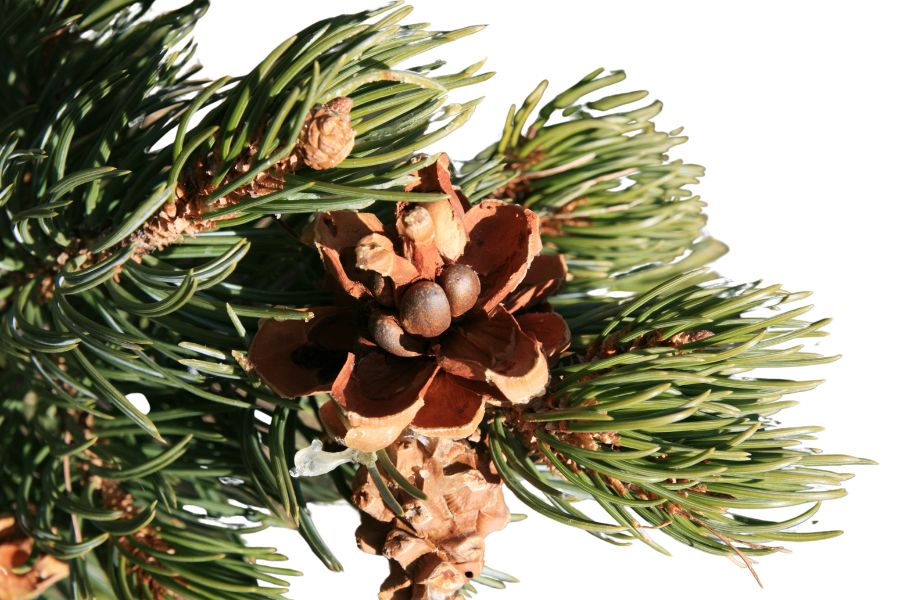Some of the most useful and flavorful wild edibles in the West grow right in Idaho. Thimbleberries cluster along forest edges in late summer, and wild mint fills the air with its scent along wet streambanks.
Even a short walk can reveal more edible plants than you might expect.
Arrowleaf balsamroot pops up in grassy mountain slopes, offering edible young shoots, seeds, and roots. Watercress, often found in spring-fed seeps, adds a peppery crunch to wild salads.
You might even spot a patch of sheep sorrel growing low in sunny clearings.
These plants are just a glimpse of what Idaho has to offer for the curious forager. Once you start identifying a few edible species in the wild, others begin to stand out. It’s not hard to walk away with several different edible finds once you know where to focus your attention.
What We Cover In This Article:
- What Makes Foreageables Valuable
- Foraging Mistakes That Cost You Big Bucks
- The Most Valuable Forageables in the State
- Where to Find Valuable Forageables in the State
- When to Forage for Maximum Value
- The extensive local experience and understanding of our team
- Input from multiple local foragers and foraging groups
- The accessibility of the various locations
- Safety and potential hazards when collecting
- Private and public locations
- A desire to include locations for both experienced foragers and those who are just starting out
Using these weights we think we’ve put together the best list out there for just about any forager to be successful!
A Quick Reminder
Before we get into the specifics about where and how to find these plants and mushrooms, we want to be clear that before ingesting any wild plant or mushroom, it should be identified with 100% certainty as edible by someone qualified and experienced in mushroom and plant identification, such as a professional mycologist or an expert forager. Misidentification can lead to serious illness or death.
All plants and mushrooms have the potential to cause severe adverse reactions in certain individuals, even death. If you are consuming wild foragables, it is crucial to cook them thoroughly and properly and only eat a small portion to test for personal tolerance. Some people may have allergies or sensitivities to specific mushrooms and plants, even if they are considered safe for others.
The information provided in this article is for general informational and educational purposes only. Foraging involves inherent risks.
What Makes Foreageables Valuable
Some wild plants, mushrooms, and natural ingredients can be surprisingly valuable. Whether you’re selling them or using them at home, their worth often comes down to a few key things:
The Scarcer the Plant, the Higher the Demand
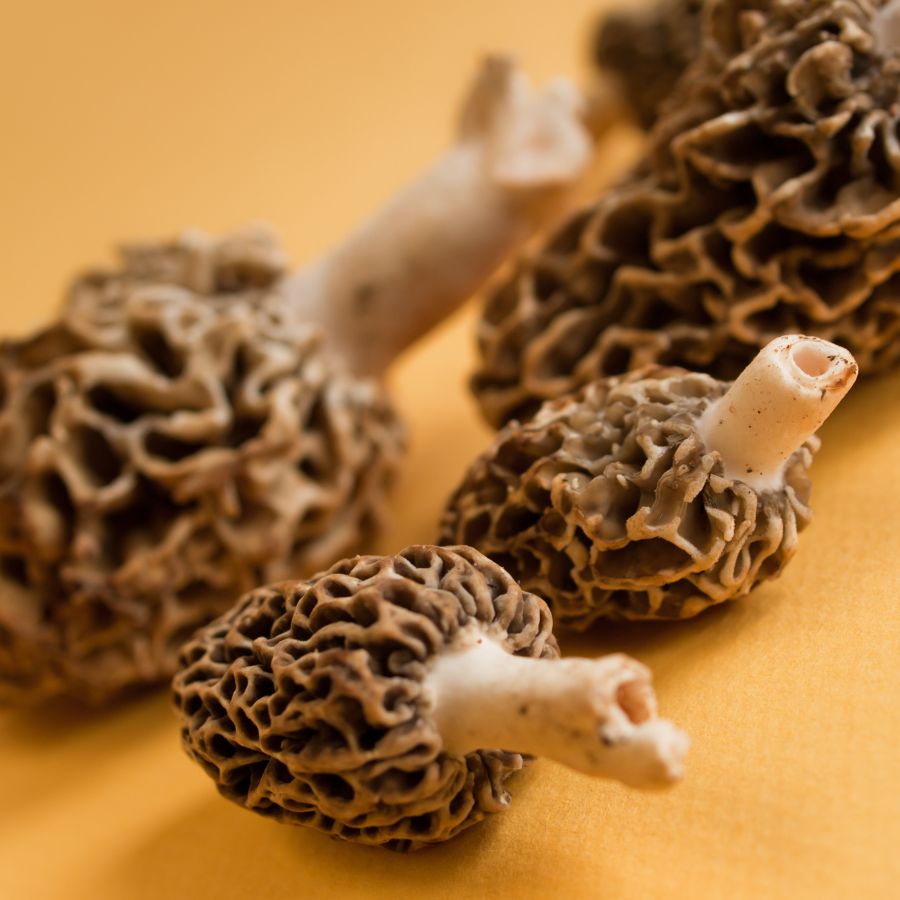
Some valuable forageables only show up for a short time each year, grow in hard-to-reach areas, or are very difficult to cultivate. That kind of rarity makes them harder to find and more expensive to buy.
Morels, truffles, and ramps are all good examples of this. They’re popular, but limited access and short growing seasons mean people are often willing to pay more.
A good seasonal foods guide can help you keep track of when high-value items appear.
High-End Dishes Boost the Value of Ingredients
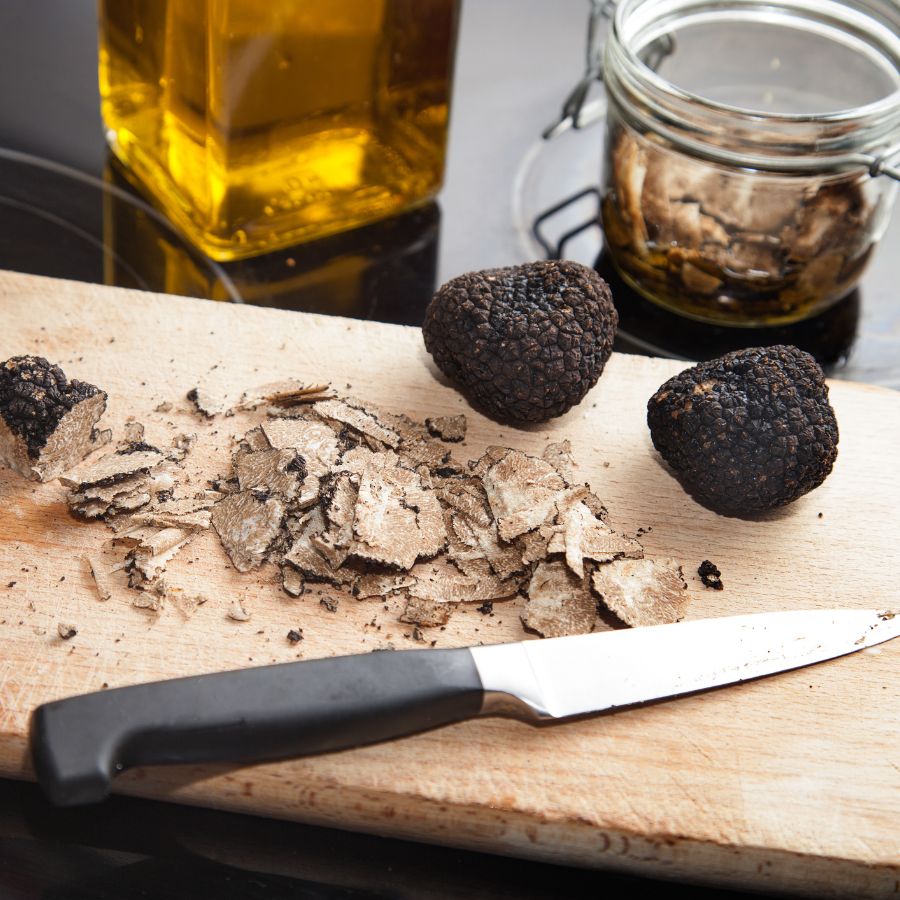
Wild ingredients that are hard to find in stores often catch the attention of chefs and home cooks. When something unique adds flavor or flair to a dish, it quickly becomes more valuable.
Truffles, wild leeks, and edible flowers are prized for how they taste and look on a plate. As more people try to include them in special meals, the demand—and the price—tends to rise.
You’ll find many of these among easy-to-identify wild mushrooms or herbs featured in fine dining.
Medicinal and Practical Uses Drive Forageable Prices Up
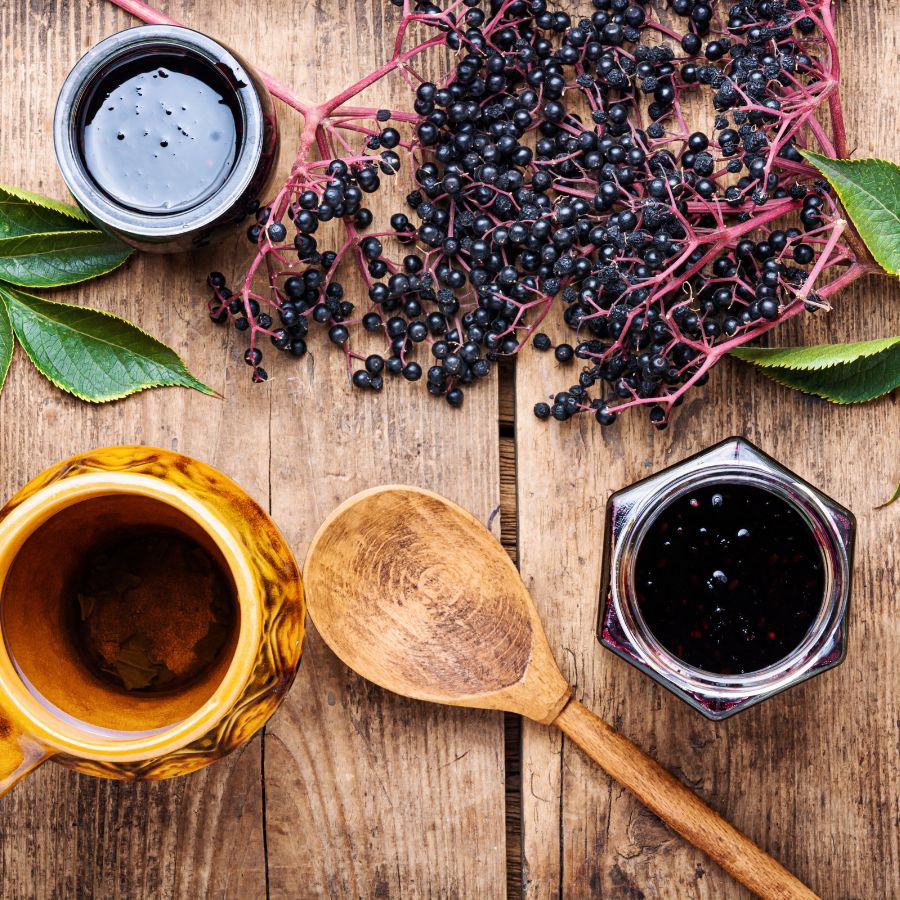
Plants like ginseng, goldenseal, and elderberries are often used in teas, tinctures, and home remedies. Their value comes from how they support wellness and are used repeatedly over time.
These plants are not just ingredients for cooking. Because people turn to them for ongoing use, the demand stays steady and the price stays high.
The More Work It Takes to Harvest, the More It’s Worth
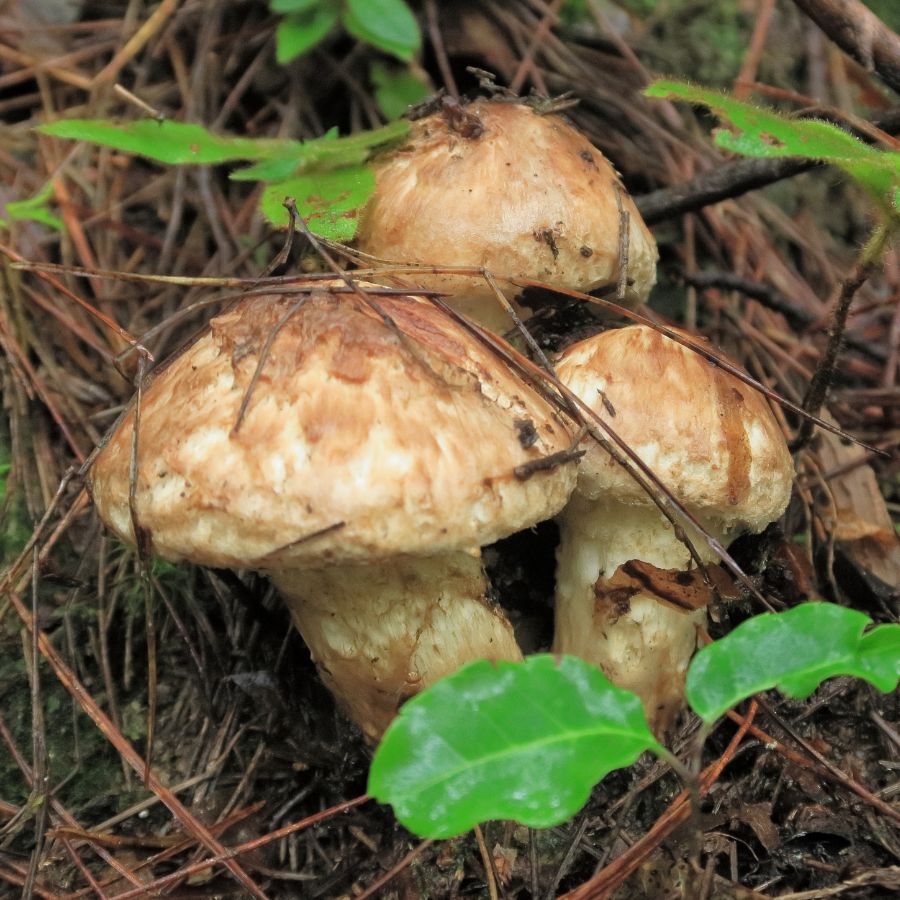
Forageables that are hard to reach or tricky to harvest often end up being more valuable. Some grow in dense forests, need careful digging, or have to be cleaned and prepared before use.
Matsutake mushrooms are a good example, because they grow in specific forest conditions and are hard to spot under layers of leaf litter. Wild ginger and black walnuts, meanwhile, both require extra steps for cleaning and preparation before they can be used or sold.
All of that takes time, effort, and experience. When something takes real work to gather safely, buyers are usually willing to pay more for it.
Foods That Keep Well Are More Valuable to Buyers
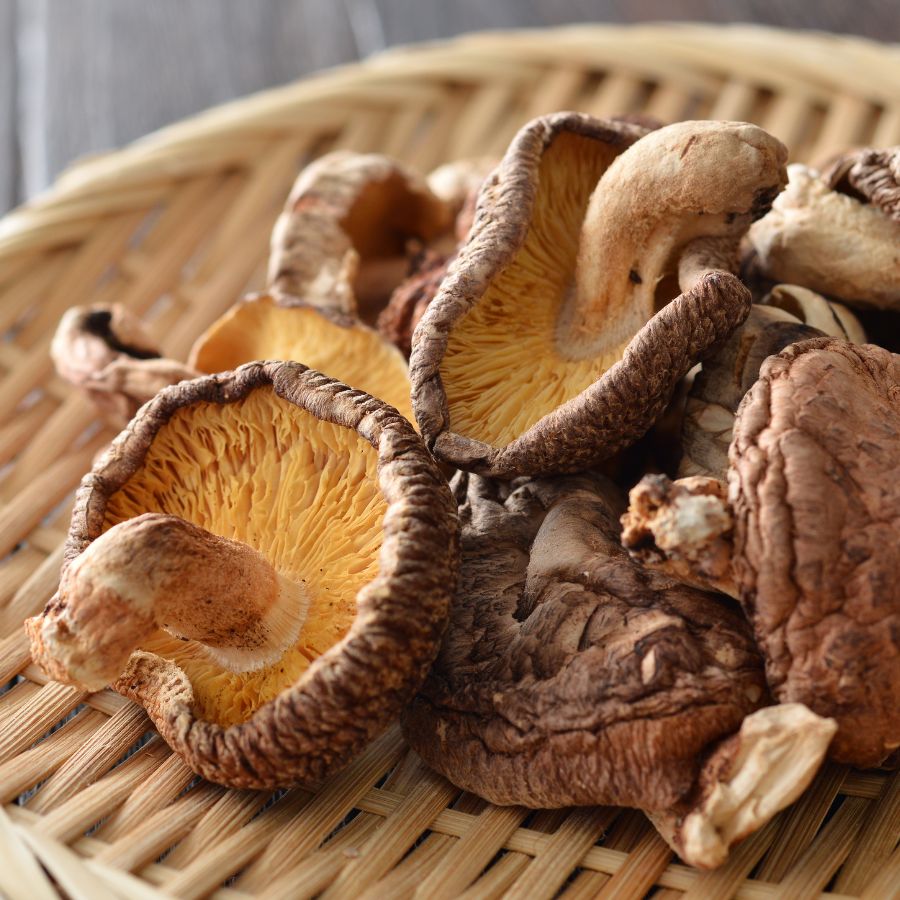
Some forageables, like dried morels or elderberries, can be stored for months without losing their value. These longer-lasting items are easier to sell and often bring in more money over time.
Others, like wild greens or edible flowers, have a short shelf life and need to be used quickly. Many easy-to-identify wild greens and herbs are best when fresh, but can be dried or preserved to extend their usefulness.
A Quick Reminder
Before we get into the specifics about where and how to find these mushrooms, we want to be clear that before ingesting any wild mushroom, it should be identified with 100% certainty as edible by someone qualified and experienced in mushroom identification, such as a professional mycologist or an expert forager. Misidentification of mushrooms can lead to serious illness or death.
All mushrooms have the potential to cause severe adverse reactions in certain individuals, even death. If you are consuming mushrooms, it is crucial to cook them thoroughly and properly and only eat a small portion to test for personal tolerance. Some people may have allergies or sensitivities to specific mushrooms, even if they are considered safe for others.
The information provided in this article is for general informational and educational purposes only. Foraging for wild mushrooms involves inherent risks.
Foraging Mistakes That Cost You Big Bucks
When you’re foraging for high-value plants, mushrooms, or other wild ingredients, every decision matters. Whether you’re selling at a farmers market or stocking your own pantry, simple mistakes can make your harvest less valuable or even completely worthless.
Harvesting at the Wrong Time
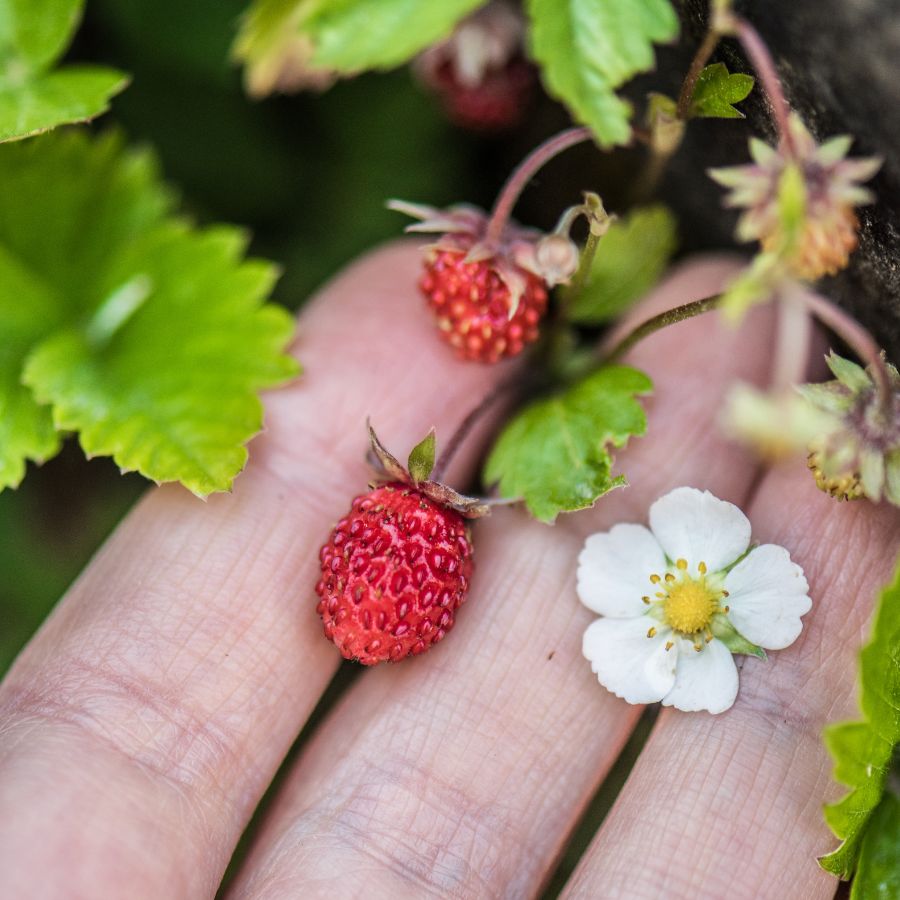
Harvesting at the wrong time can turn a valuable find into something no one wants. Plants and mushrooms have a short window when they’re at their best, and missing it means losing quality.
Morels, for example, shrink and dry out quickly once they mature, which lowers their weight and price. Overripe berries bruise in the basket and spoil fast, making them hard to store or sell.
Improper Handling After Harvest
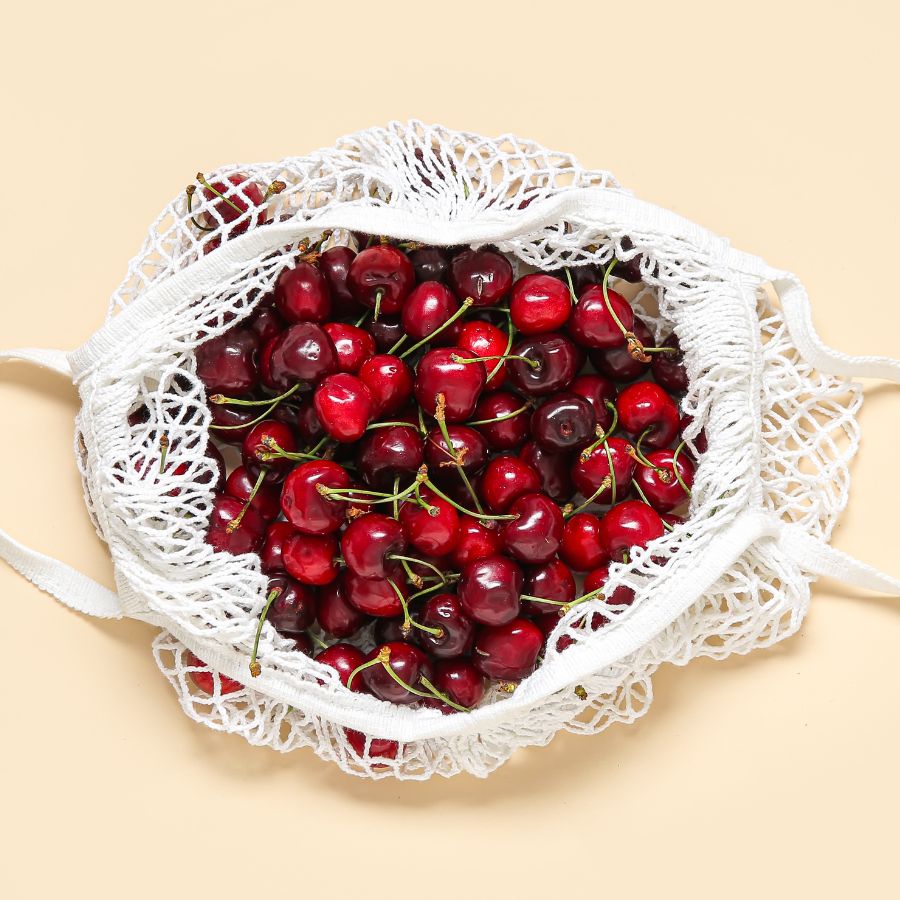
Rough handling can ruin even the most valuable forageables. Crushed mushrooms, wilted greens, and dirty roots lose both their appeal and their price.
Use baskets or mesh bags to keep things from getting smashed and let air circulate. Keeping everything cool and clean helps your harvest stay fresh and look better for longer.
This is especially important for delicate items like wild roots and tubers that need to stay clean and intact.
Skipping Processing Steps
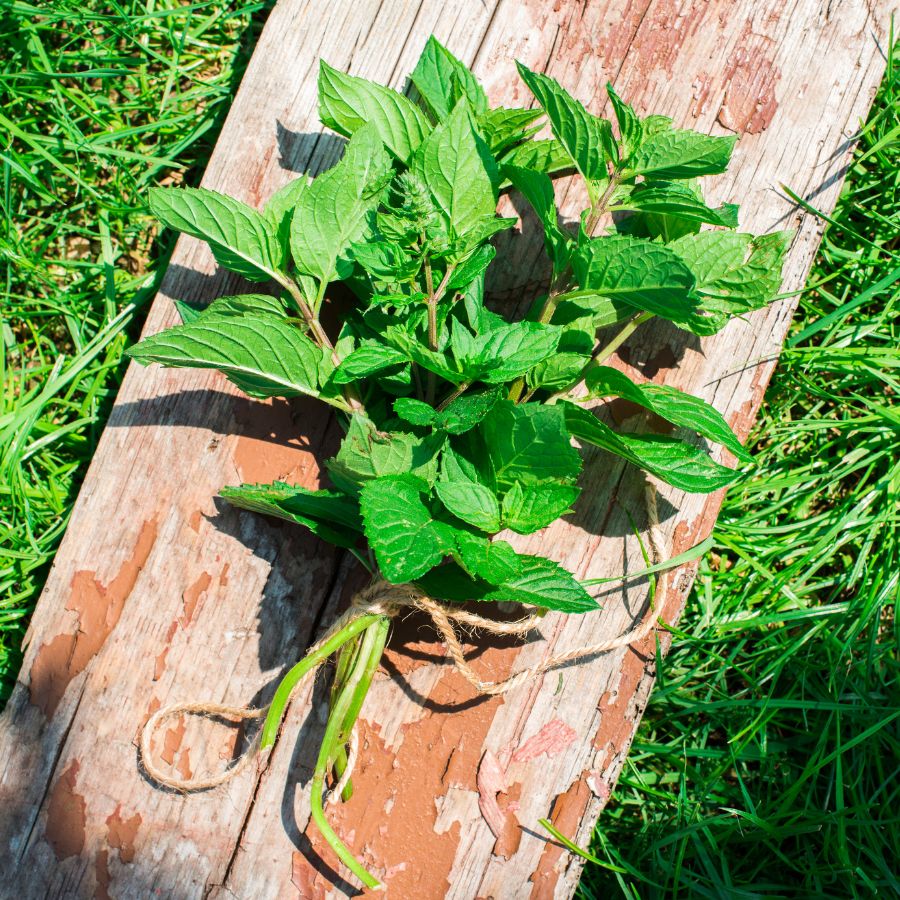
Skipping basic processing steps can cost you money. A raw harvest may look messy, spoil faster, or be harder to use.
For example, chaga is much more valuable when dried and cut properly. Herbs like wild mint or nettle often sell better when bundled neatly or partially dried. If you skip these steps, you may end up with something that looks unappealing or spoils quickly.
Collecting from the Wrong Area
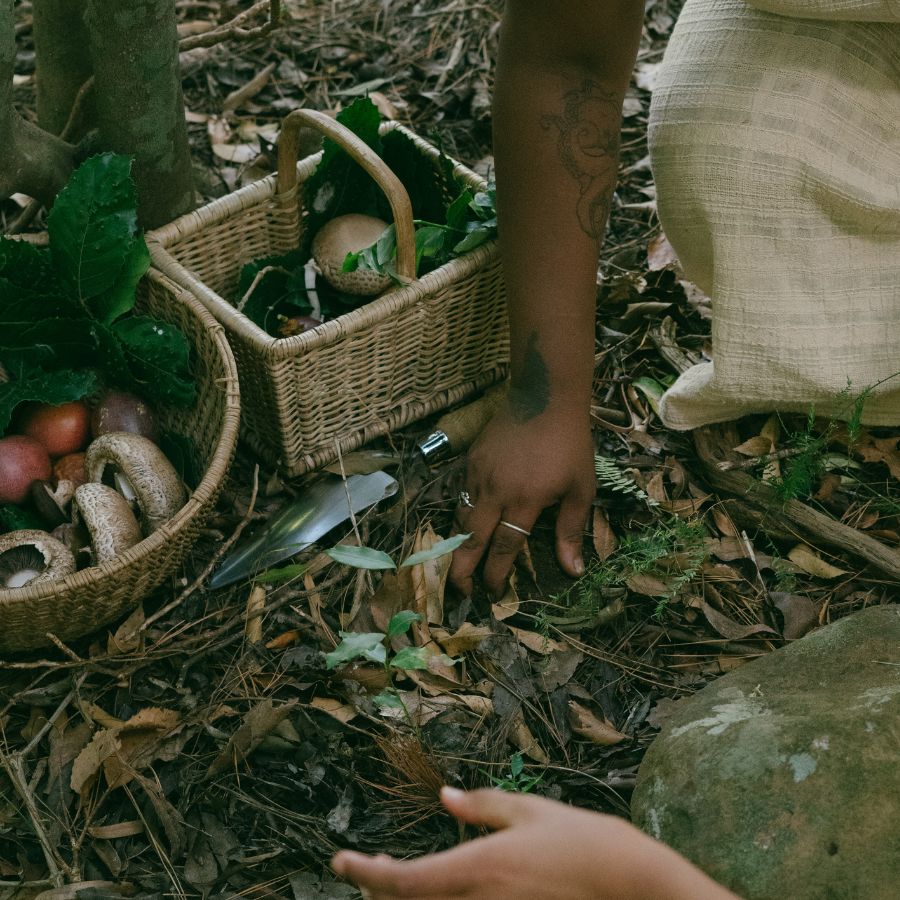
Harvesting in the wrong place can ruin a good find. Plants and mushrooms pulled from roadsides or polluted ground may be unsafe, no matter how fresh they look.
Buyers want to know their food comes from clean, responsible sources. If a spot is known for overharvesting or damage, it can make the whole batch less appealing.
These suburbia foraging tips can help you find overlooked spots that are surprisingly safe and productive.
Not Knowing the Market
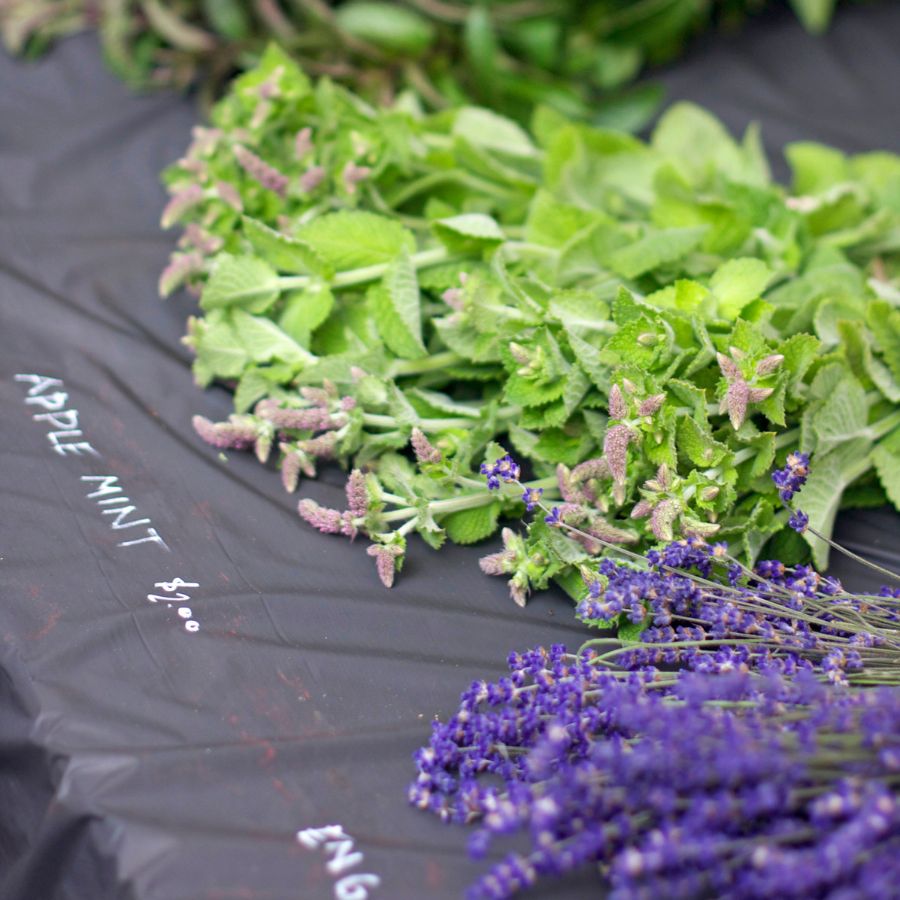
A rare plant isn’t valuable if nobody wants to buy it. If you gather in-demand species like wild ramps or black trumpets, you’re more likely to make a profit. Pay attention to what chefs, herbalists, or vendors are actually looking for.
Foraging with no plan leads to wasted effort and unsold stock. Keeping up with demand helps you bring home a profit instead of a pile of leftovers.
You can also brush up on foraging for survival strategies to identify the most versatile and useful wild foods.
Before you head out
Before embarking on any foraging activities, it is essential to understand and follow local laws and guidelines. Always confirm that you have permission to access any land and obtain permission from landowners if you are foraging on private property. Trespassing or foraging without permission is illegal and disrespectful.
For public lands, familiarize yourself with the foraging regulations, as some areas may restrict or prohibit the collection of mushrooms or other wild foods. These regulations and laws are frequently changing so always verify them before heading out to hunt. What we have listed below may be out of date and inaccurate as a result.
The Most Valuable Forageables in the State
Some of the most sought-after wild plants and fungi here can be surprisingly valuable. Whether you’re foraging for profit or personal use, these are the ones worth paying attention to:
Morel Mushroom (Morchella spp.)
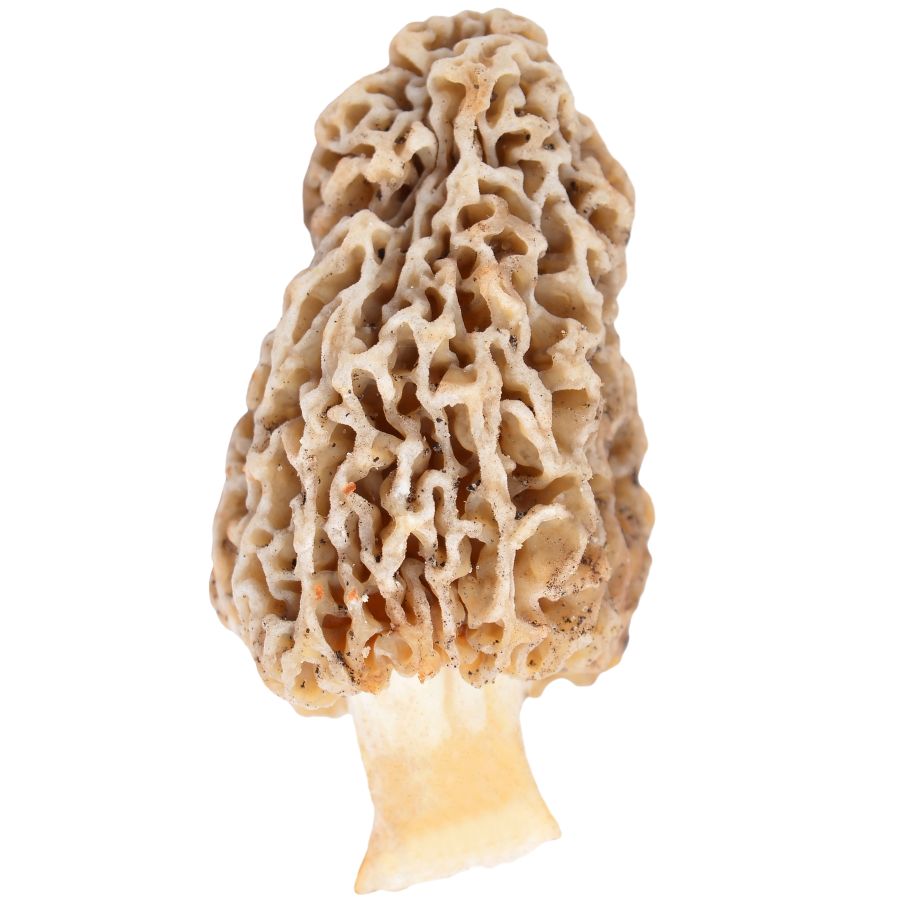
Morel mushrooms have a honeycomb-like surface with deep pits and ridges. The cap is fully attached to the stem, which helps set them apart from dangerous lookalikes like false morels that often have wrinkled, lobed caps and loose or cottony interiors.
The rich, nutty flavor and slightly chewy texture make morels a favorite in high-end kitchens. Many people sauté them in butter, stuff them, or dry them for later use because they hold their flavor extremely well.
Always cook morels thoroughly because raw ones can cause stomach upset, even when they look perfectly normal.
Morels are highly prized by chefs and home cooks, sometimes selling for over $50 per pound fresh and even more when dried.
Part of what makes morels so valuable is how hard they are to cultivate and find. They often grow in specific, unpredictable places, and their short harvesting window drives up both the demand and the price.
Chanterelle (Cantharellus spp.)
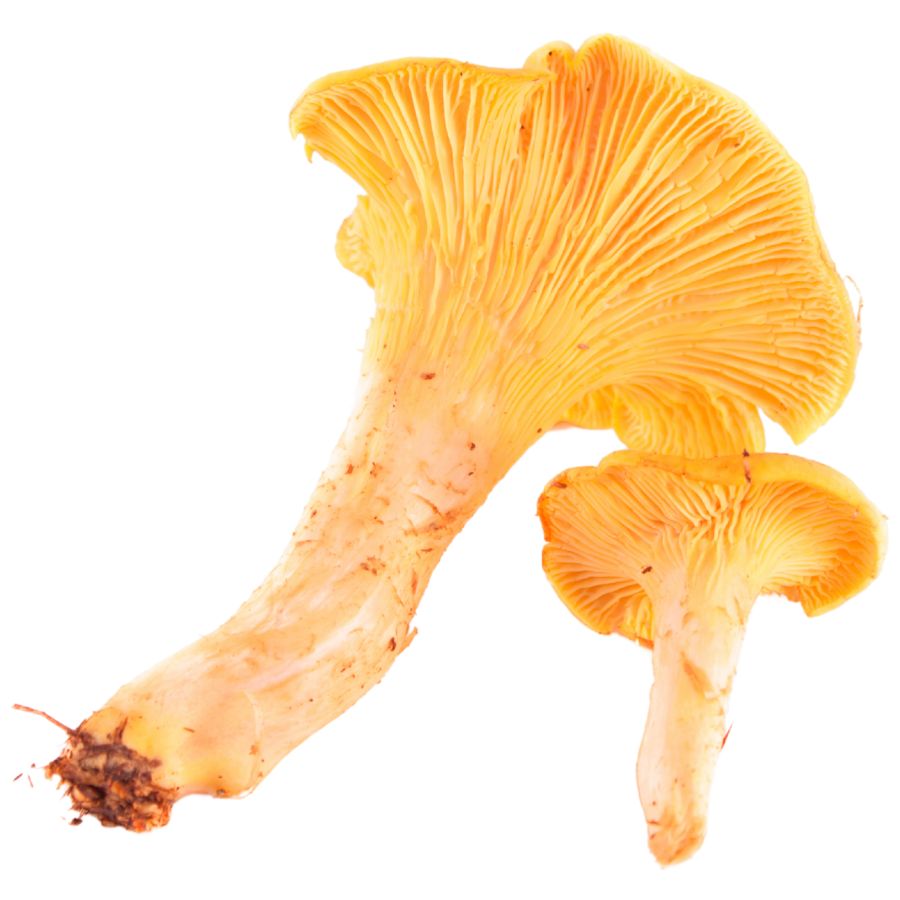
Golden chanterelles, also called egg mushrooms or girolles, are funnel-shaped and usually a bright yellow-orange with false gills that appear as deep, forked wrinkles. They have a fruity smell, almost like apricots, and a dense, meaty texture when cooked.
The part you want is the whole cap and stem, both of which soften nicely in butter or cream-based dishes. Their flavor is rich and peppery, which makes them popular in risottos, sautés, and soups.
A common lookalike is the jack-o’-lantern mushroom, which glows faintly in the dark and has true gills instead of shallow ridges. That one will give you stomach cramps, so pay close attention to the gill structure and color.
Fresh chanterelles can sell for over $20 per pound at farmers markets and restaurants, especially when demand is high. Their shelf life is short, but you can extend it by drying or pickling them soon after harvest.
Thimbleberry (Rubus parviflorus)
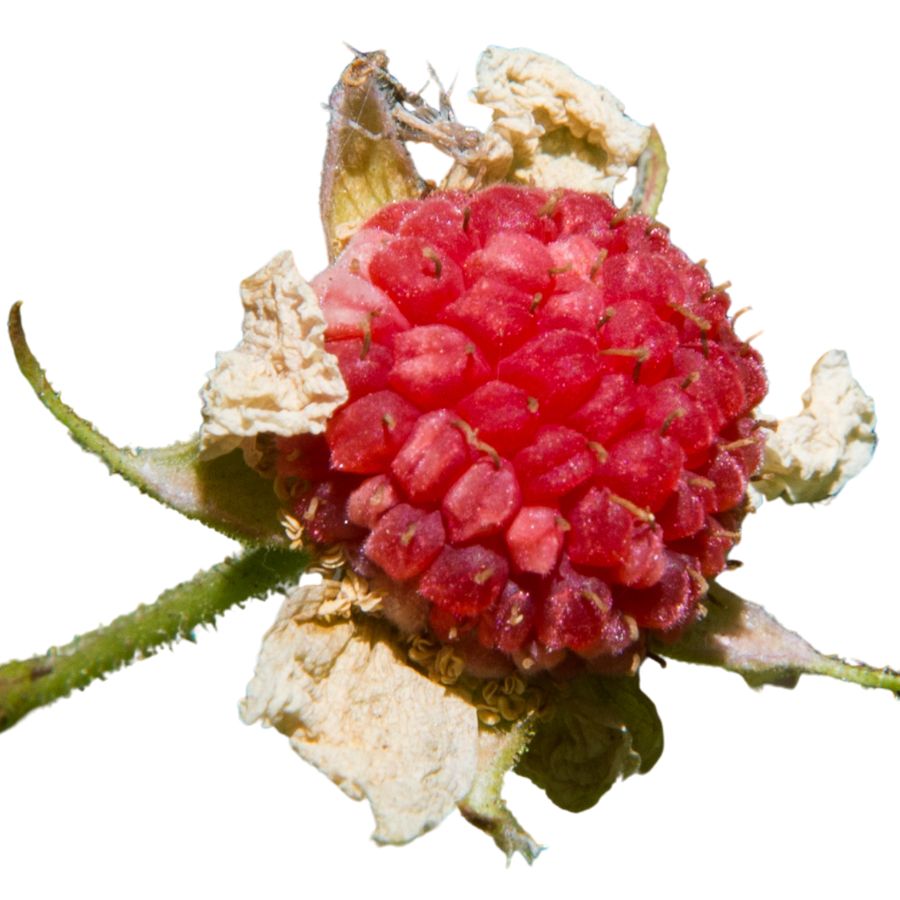
Thimbleberry is a soft, red fruit that looks a lot like a raspberry but is flatter and more delicate. The plant has large, maple-like leaves and fuzzy stems without thorns, which makes it different from most other wild brambles.
The berries crush easily and don’t keep long, but they make excellent jam, syrup, or fresh snacks when foraged nearby. They have a mild, sweet-tart flavor and a seedy, melting texture that feels more like a fruit spread than a solid berry.
You’ll want to avoid confusing thimbleberry with red raspberry or wineberry, which both grow on thorny canes and have shinier, more structured fruits. Look for the velvety leaves and the way the ripe berries fall off into your hand with almost no effort.
Only the ripe red fruit is edible, not the leaves or stems. While it doesn’t have strong commercial value due to its fragile nature, the plant is highly prized by foragers and homesteaders who know where to find it.
Elderberry (Sambucus nigra)
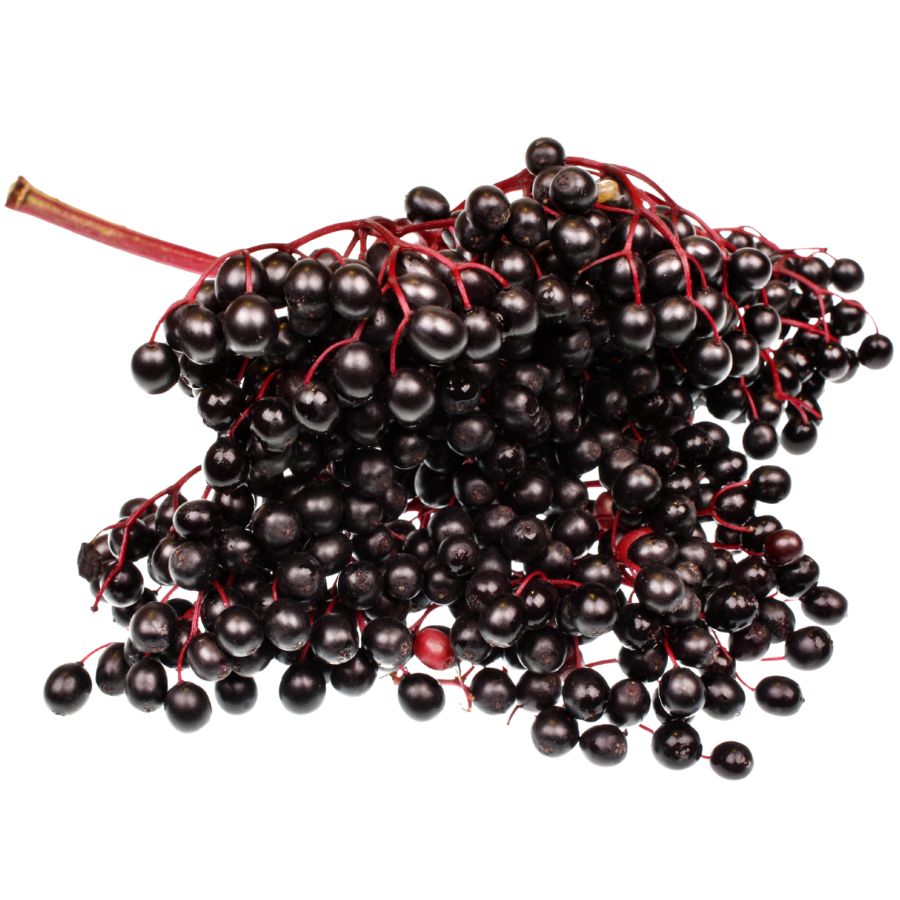
For centuries, elderberries have been gathered not just for food, but for making home remedies prized across the Southwest. Also called Mexican elder and tapiro, elderberry grows as a sprawling bush or small tree with clusters of tiny white flowers that turn into dusty blue-black berries.
There are toxic lookalikes you need to watch for, especially red elderberry, which has round clusters of bright red fruit. Elderberries grow in flatter, broader clusters and have a softer, more powdery appearance when ripe.
The berries have a deep, earthy flavor with a tart edge, and are usually cooked into jams, syrups, and baked goods to bring out their richness.
Make sure to avoid eating the raw berries, seeds, bark, or leaves because they can cause nausea unless they are properly cooked.
This plant stays valuable because the berries are used heavily in teas, tinctures, and syrups that people rely on for wellness, driving steady demand. Elderberries can also be dried and stored for months, making it even more profitable compared to foods that spoil quickly.
Serviceberry (Amelanchier alnifolia)
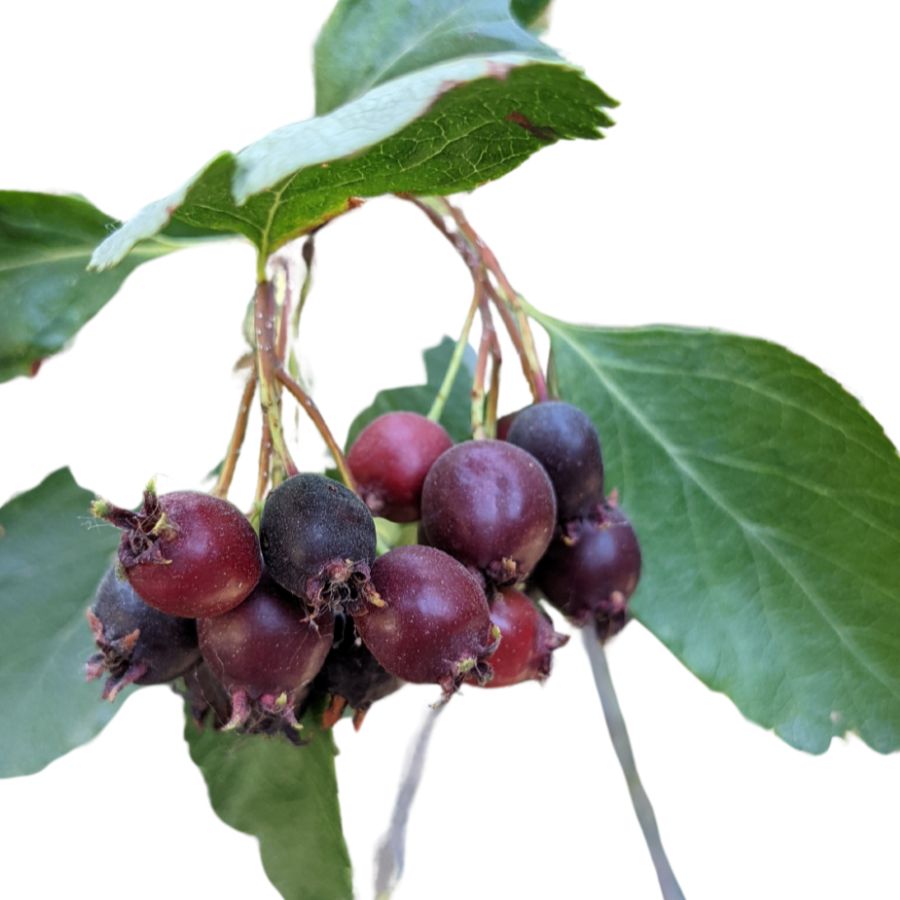
You can spot serviceberry shrubs by their smooth gray bark, clusters of white flowers, and dark blue to purple berries. To avoid confusing them with less safe berries like chokecherries, look for the five-pointed crown at the end of each ripe serviceberry.
These berries taste sweet and slightly nutty, almost like a richer version of a blueberry. Most people dry them, bake them into pastries, or cook them down into rich preserves.
The edible part is the ripe berry, while eating too many seeds raw could cause mild stomach issues because of their natural compounds. When dried or frozen, the berries keep their flavor and quality, making them more valuable for long-term storage and resale.
Serviceberries are a favorite among foragers and chefs because they are packed with flavor and work well in a wide range of recipes. Many buyers are willing to pay well for clean, well-prepared berries that hold up beautifully in baking and cooking.
Sheep Sorrel (Rumex acetosella)
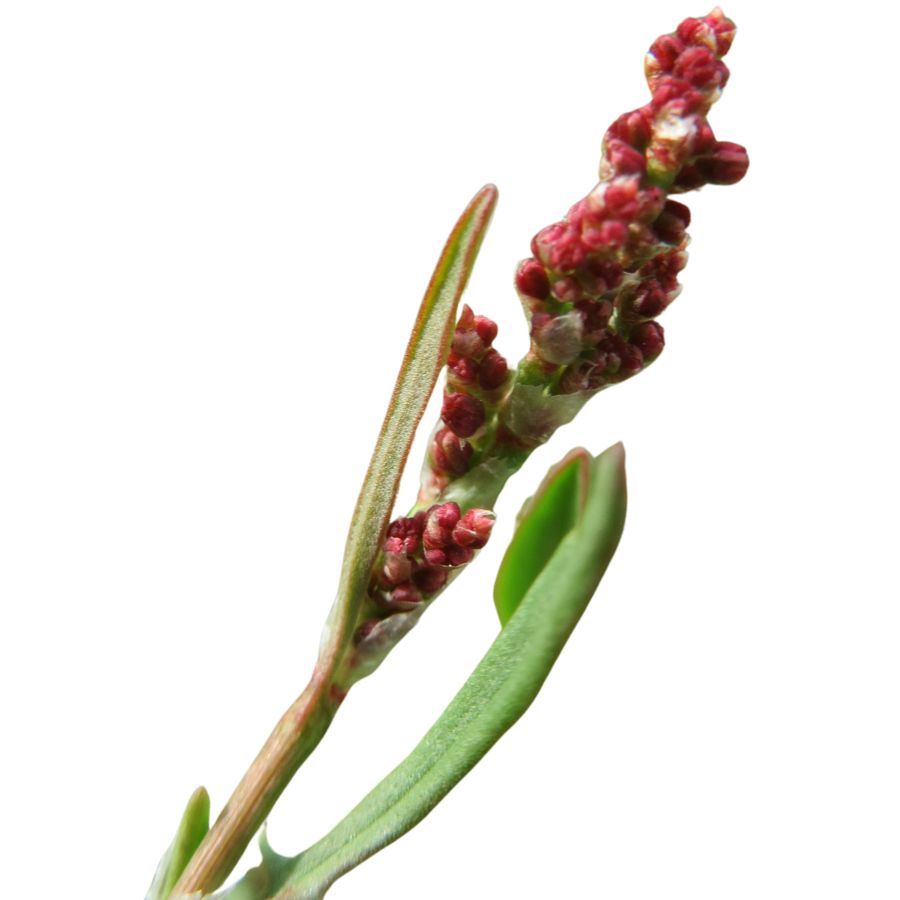
Sheep sorrel, also called red sorrel or field sorrel, is a tangy wild green with arrow-shaped leaves and reddish stems that grow low to the ground. The sharp, lemony flavor comes from oxalic acid, which gives it a sorrel-like bite but also means you should eat it in moderation.
The young leaves are the main edible part, eaten raw in salads or blended into soups and sauces. They have a soft texture, but older leaves can get tough and more bitter.
It looks a bit like curly dock or other sorrel species, but sheep sorrel’s distinctive backward-pointing lobes at the base of each leaf help set it apart. Avoid dock species with larger, tougher leaves and very fibrous stems, which don’t taste good raw.
This plant doesn’t sell for much, but it’s valued by foragers for its flavor and as a trail snack. It’s also used to balance richer dishes or add brightness to foraged herb mixes.
Mountain Sorrel (Oxyria digyna)
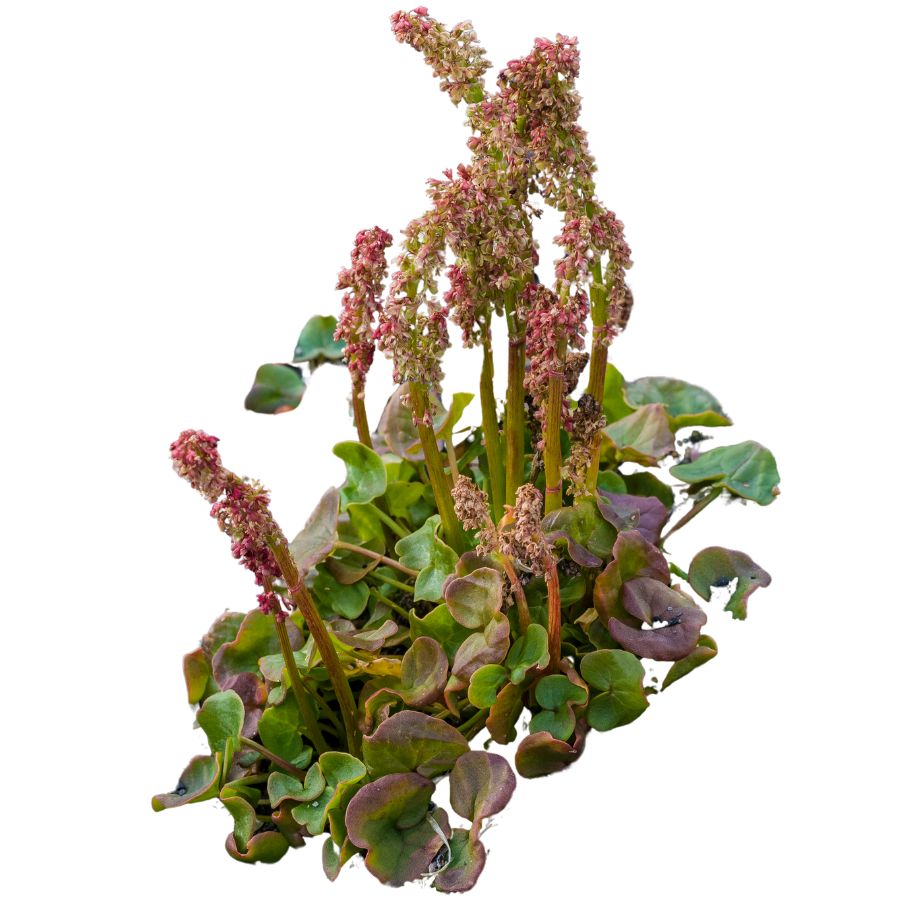
Mountain sorrel grows close to the ground with rounded, clover-like leaves that are often tinged red near the edges. You’re looking for a plant with smooth, succulent foliage and reddish stems that curve upward gently.
The leaves are the only edible part and have a bright, tart flavor that’s similar to lemon peel or rhubarb. They’re great raw in salads or folded into fish dishes to add acidity.
Some people mistake it for sheep sorrel or other dock species, but mountain sorrel lacks the arrowhead-shaped leaves those plants have. Avoid anything with fuzzy or deeply lobed leaves, which may point to inedible or bitter species.
Its sharp taste comes from oxalic acid, so don’t eat large quantities in one sitting, especially if you have kidney issues. While it isn’t a high-dollar wild food, mountain sorrel is highly valued by foragers for its flavor and usefulness in alpine environments.
Wild Mint (Mentha arvensis)

The flavor of wild mint is cool, clean, and slightly peppery, especially when the leaves are freshly crushed. Most people use the leaves, but the young stems are edible too when finely chopped.
Wild mint grows low to the ground and produces small, pale purple flowers along the stem. Its most common lookalike is American pennyroyal, which has a similar shape but a much harsher, almost medicinal smell and is toxic in large amounts.
You can dry the leaves for tea or candy them for baking projects, but they’re also good tossed into salads straight from the field. The texture is soft, almost velvety, with a satisfying chew when fresh.
It doesn’t sell for much in bulk, but its value lies in how much use you can get from a small batch. If you’re preserving herbs for your own pantry, it’s one of the best native mints to have on hand.
Lamb’s Quarters (Chenopodium album)
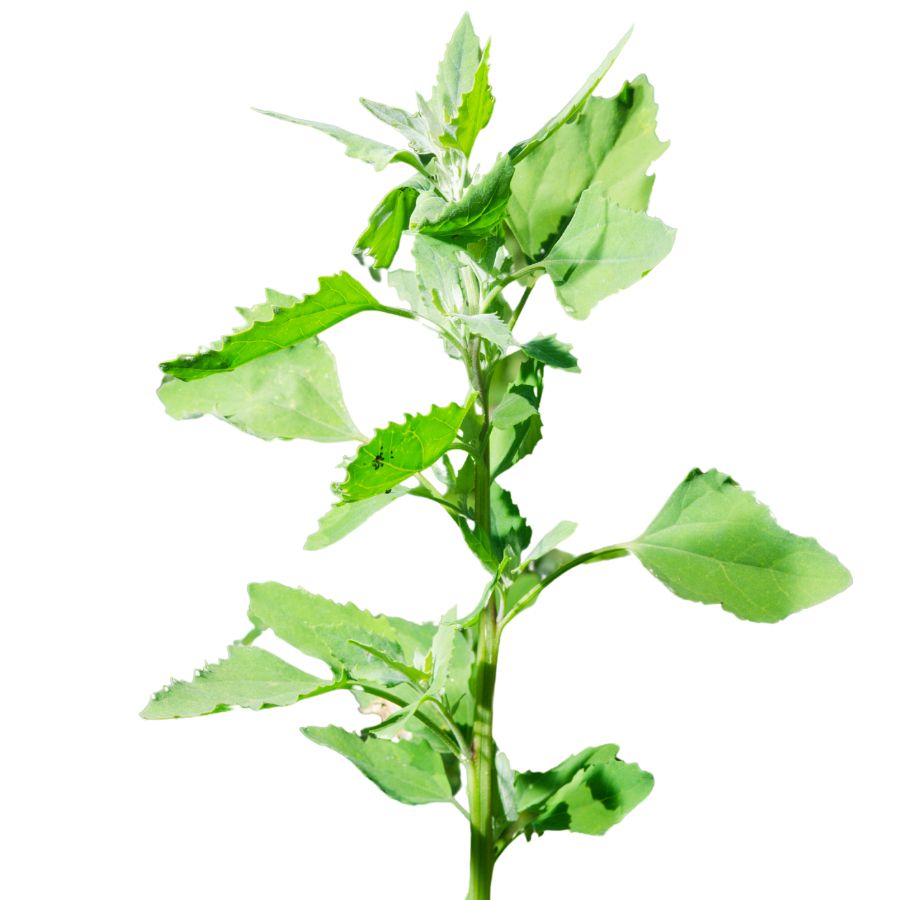
Lamb’s quarters, or wild spinach, is a common backyard plant with diamond-shaped leaves that often look like they’ve been dusted with flour. That powdery texture is one of the simplest ways to tell it apart from toxic plants that have smoother or glossier leaves.
The younger leaves have a mild taste and soft texture, making them popular in stir-fries and pestos. Most people harvest the leaves and tender tops, but the tiny seeds are also usable if properly prepared.
Some plants that resemble lamb’s quarters, like young pokeweed, are not safe to eat and have very different stem coloration. Lamb’s quarters typically has green to purplish stems and no berries.
Because of how nutritious and versatile it is, the plant has been gathered for centuries across many cultures. It’s not a high-ticket item, but it does show up in specialty food markets and foraged meal boxes.
Fireweed (Chamerion angustifolium)
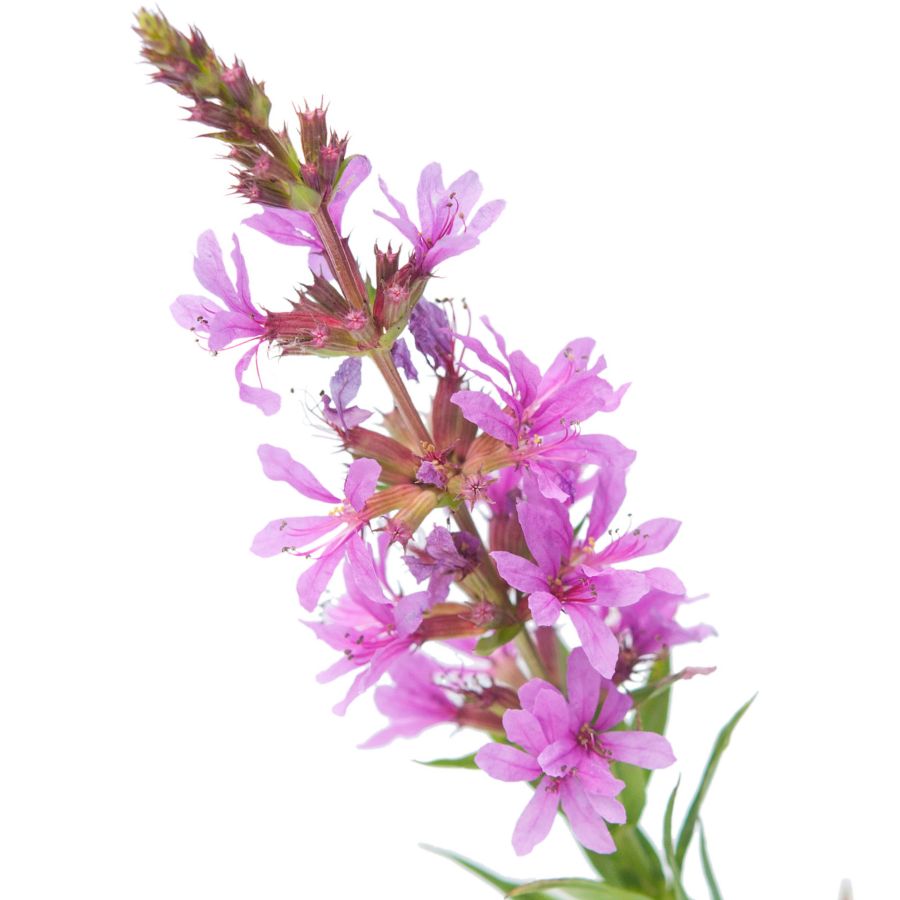
Fireweed has tall stems topped with bright pink flowers and narrow leaves that spiral around the stalk, and the young parts of the plant are edible. People usually harvest the shoots, leaves, and flowers, which are the best-tasting and easiest to prepare.
The shoots can be steamed, sautéed, or even pickled, while the flowers make colorful additions to salads or preserves. The leaves work well fresh in salads or dried for herbal teas.
Some inedible plants like fireweed spurge have vaguely similar flower clusters, but they differ in leaf shape and growth pattern. Fireweed has long, smooth leaves and grows in a clear vertical line without much branching.
It doesn’t sell for high prices, but it’s valued by foragers for how much you can harvest from a single plant. Skip the lower, tougher stems, which tend to be fibrous and unpleasant to chew.
Golden Currant (Ribes aureum)
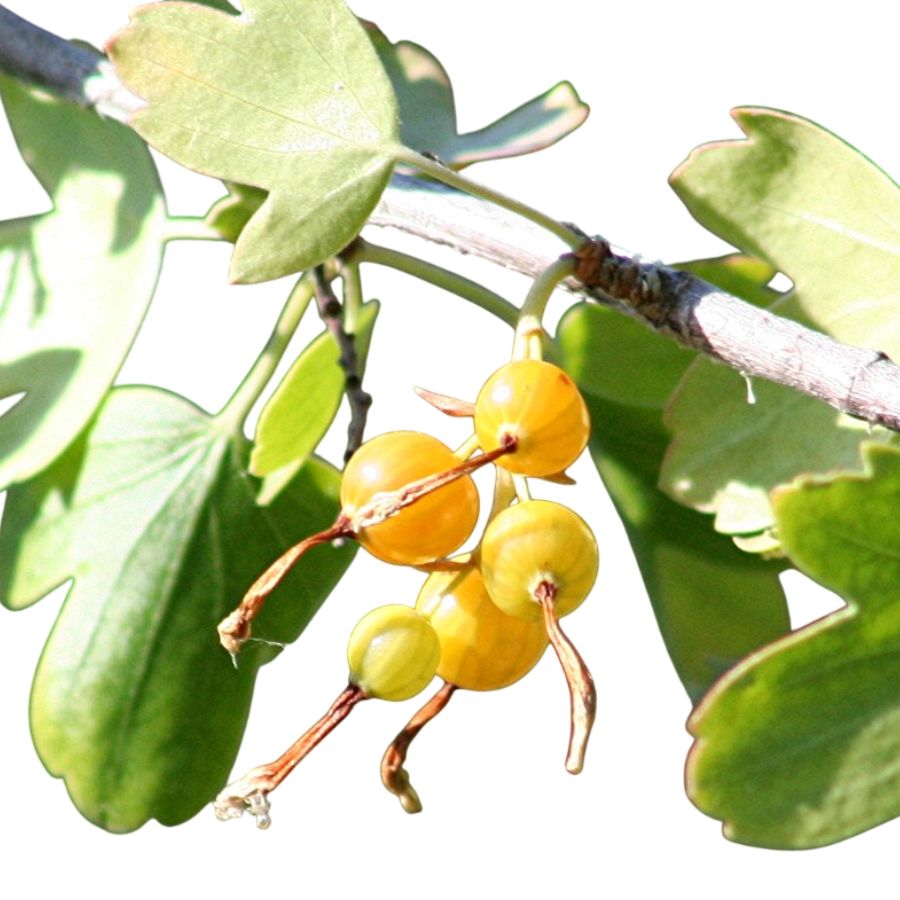
Golden currants grow on shrubs with soft lobed leaves and smooth, thornless branches, producing colorful berries that range from golden yellow to nearly purple. These berries are edible, juicy, and slightly tangy, often used in pies or turned into jam.
Only the berries are eaten, while the stems and leaves are not used for food. You can dry the fruit or freeze it, and the skin softens nicely when simmered into sauces or syrup.
They’re sometimes confused with other currants or wild gooseberries, but golden currants lack thorns and have a less aggressive flavor. If the plant has bristly stems or berries with tiny hairs, it’s probably not golden currant.
Golden currants are valuable in the kitchen for their versatility and unique taste, even though they aren’t commonly sold in stores. Their real worth lies in how many ways you can prepare and store the fruit without losing flavor.
Watercress (Nasturtium officinale)
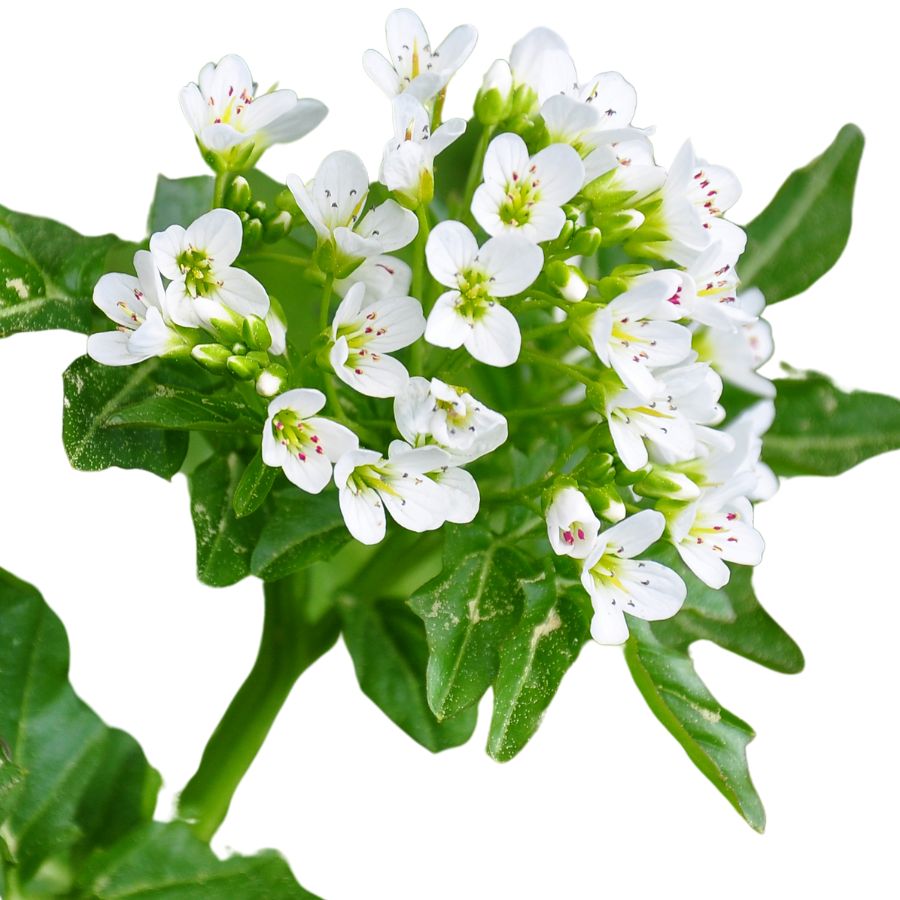
You’ll find watercress in slow-moving creeks and see it trailing along the water’s surface with clusters of tiny white blossoms. The leaves are edible and deliver a clean, peppery taste that works well fresh or tossed into stir-fries.
It’s important to watch out for lookalikes like fool’s watercress, which lacks the spicy bite and can be toxic. True watercress has a distinctive aroma and a watery, hollow stem that snaps easily.
People usually eat the leaves and stems, while the roots stay in the streambed. Watercress is packed with nutrients and adds a pleasant kick to meals without overpowering them.
Watercress is considered a premium leafy green and doesn’t keep long after harvesting, which drives up its market price. It’s not uncommon to see it featured in gourmet dishes or sold in farmers markets by the bunch.
Pinyon Pine (Pinus monophylla)
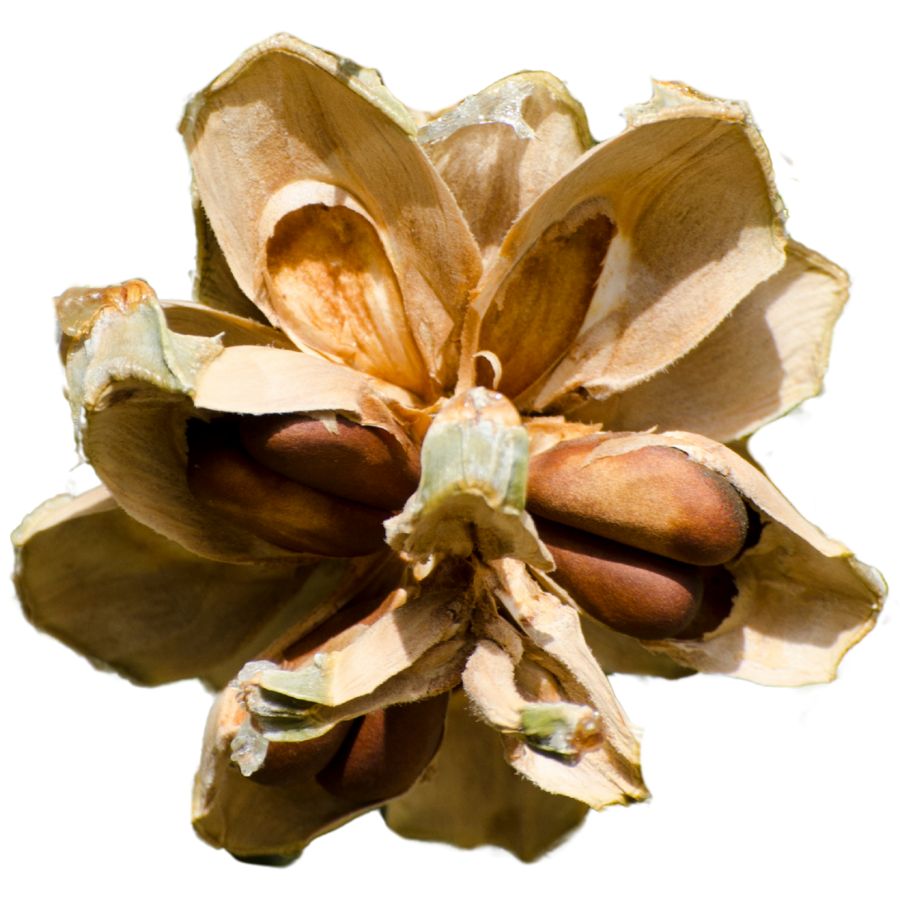
Small and bushy, pinyon pine trees carry short, stiff needles and rounded cones full of tightly packed seeds. Other wild pines may look similar at first glance, but their needles usually come in pairs or clusters instead of singles.
The seeds, often called pinyon nuts, have a sweet, buttery flavor that makes them popular for snacking, baking, and making sauces. You can eat them raw, but lightly roasting them deepens the flavor and makes shelling easier.
Gathering pinyon nuts is labor-intensive because the cones are sticky and the seeds are hidden deep inside. That hard work adds to their value, with prices ranging anywhere from $20 to over $40 per pound depending on supply.
Pinyon nuts can also last a long time when properly dried and stored, keeping their flavor and texture for months. This makes them easier to sell and use compared to more perishable wild foods.
Chokecherry (Prunus virginiana)

The fruit of chokecherry, also called bitter-berry or Virginia bird cherry, grows in dense clusters and ripens to a deep purple-black color. Its puckering taste is balanced out when cooked into jellies, syrups, or wine.
You can eat the skin and pulp, but the large pit inside contains toxic compounds and should never be consumed raw. Even the leaves and stems can be harmful if ingested.
Chokecherry has a tart, astringent flavor when fresh, but that changes entirely once heat and sugar are added. The texture softens nicely in jams and fruit leather.
The plant’s value comes from both its culinary uses and the fact that it grows abundantly in the wild. While not particularly high-priced, the fruits can still bring a decent return when sold in processed form.
Woods’ Rose (Rosa woodsii)
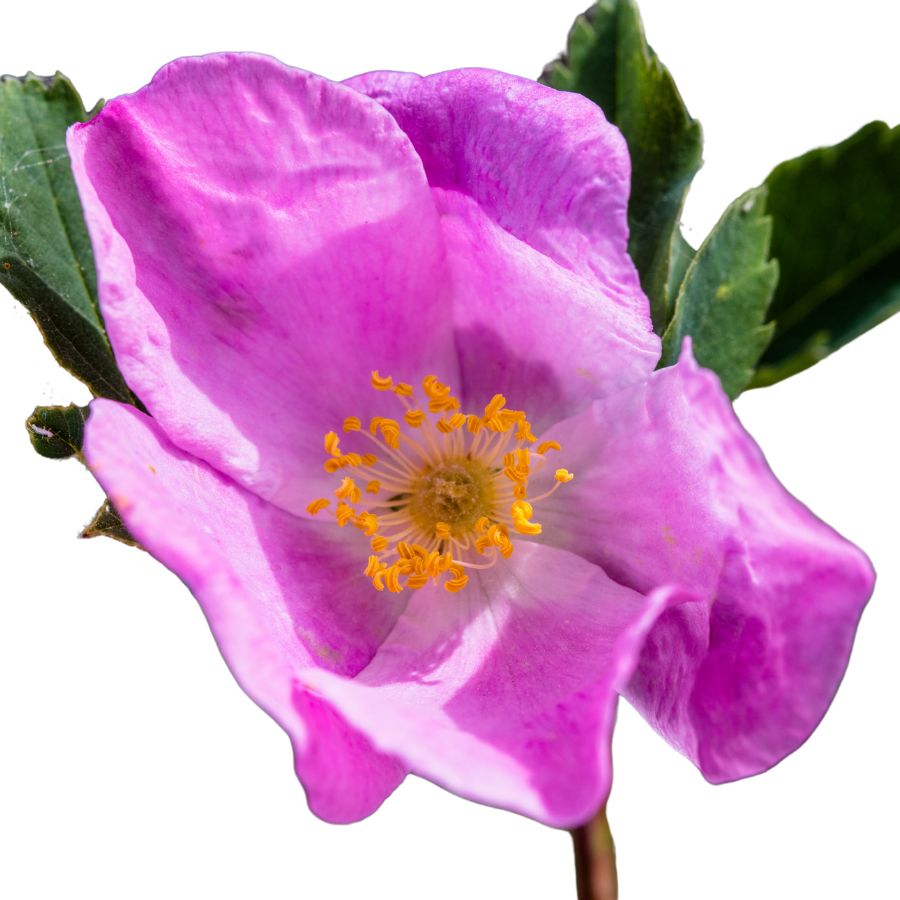
Woods’ rose grows in dense thickets and has thorny stems, serrated leaflets, and pink flowers that bloom throughout its range. After flowering, it produces bright red hips that can be collected and eaten.
The hips are best when dried, steeped for tea, or cooked into jelly, and they have a tangy, citrus-like taste. Always remove the hairy seeds, which are unpleasant and potentially irritating.
Its leaves typically appear in clusters of seven, helping to set it apart from other wild roses with fewer leaflets. The hooked thorns and small flower clusters also help with identification.
You can eat the petals raw in small amounts, though they’re more often used for decoration or subtle flavor.
The plant isn’t rare, but its hips are sought after in the herbal market for their nutritional content. They’re especially valuable when preserved properly and sold in bulk.
Colorado Pinyon (Pinus edulis)
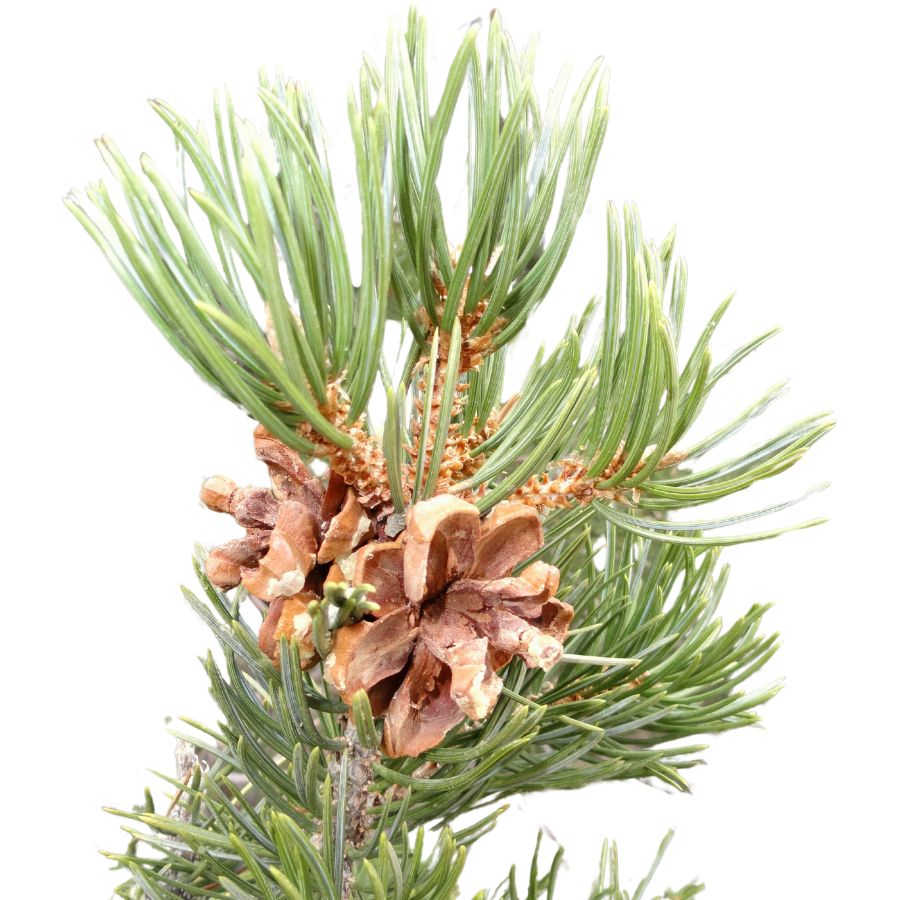
Colorado pinyon, often just called pinyon pine or nut pine, produces edible seeds that are small but rich and flavorful. The seeds are hidden inside tightly packed cones and have a soft, oily texture with a slightly sweet, buttery taste.
You can eat them raw or roast them for a deeper flavor, and they’re often ground into paste or added to baked goods. What makes them valuable is their limited yield and the effort required to harvest and shell each nut, which can raise their price to over $30 per pound in some markets.
The seeds are the only edible part—needles and resin shouldn’t be consumed. Some people confuse Colorado pinyon with singleleaf pinyon or other pine species whose nuts are bitter or not as palatable, but the difference is clear once you taste them.
The tree itself is short and bushy, with pairs of stiff, dark green needles about an inch long. Its cones are squat and round, and they open slowly, which makes harvesting a bit more involved than with other pines.
Arrowleaf Balsamroot (Balsamorhiza sagittata)
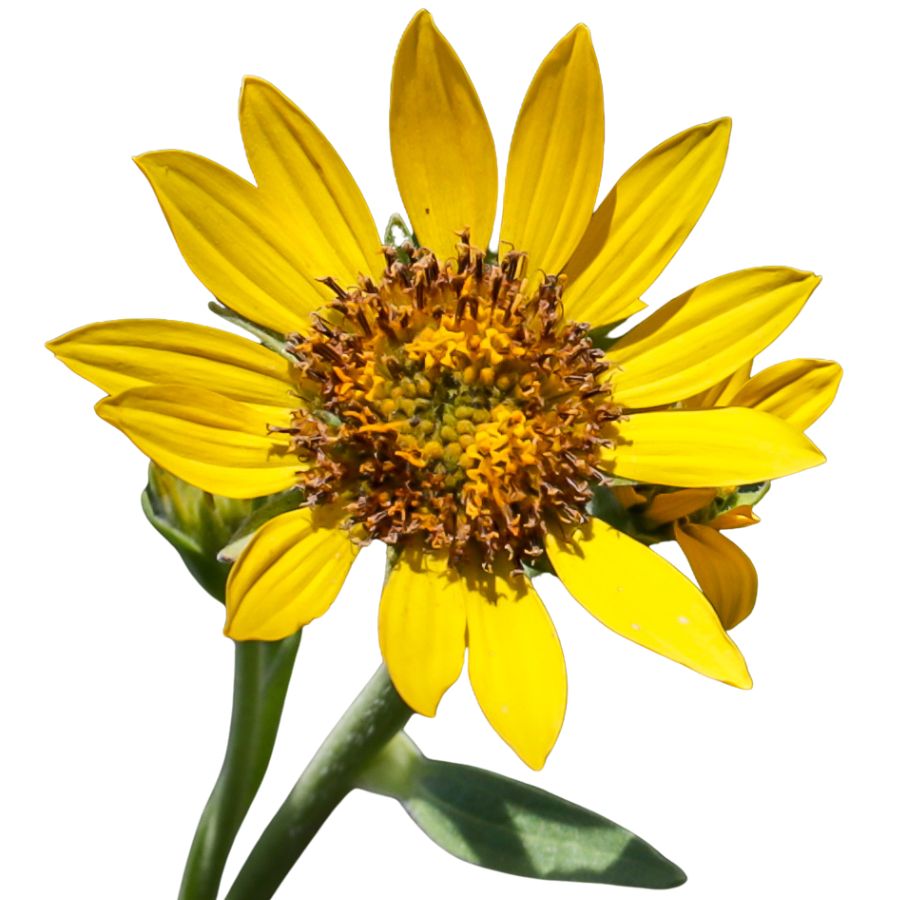
Arrowleaf balsamroot has sunflower-like blooms and thick, fuzzy leaves shaped like an arrowhead. The leaves are edible but a bit coarse, so they’re best tossed into a soup or lightly sautéed.
The roots can be dug up, peeled, and roasted, but they have a very strong, resin-heavy flavor that not everyone enjoys. Still, they’re packed with nutrients and can be stored dry for long periods.
People sometimes confuse this plant with mule’s ears, which also has yellow flowers but narrower leaves with a glossier look. Arrowleaf’s paler, softer leaves are a reliable way to tell the two apart.
The seeds can be eaten raw or ground into flour, though they’re small and tedious to collect. Even though it’s not a high-dollar crop, every part of arrowleaf balsamroot offers something edible and practical, which makes it a reliable wild food.
Where to Find Valuable Forageables in the State
Some parts of the state are better than others when it comes to finding valuable wild plants and mushrooms. Here are the different places where you’re most likely to have luck:
| Plant | Locations |
| Morel Mushroom (Morchella spp.) | – Boise National Forest – Sawtooth National Forest – Nez Perce National Forest |
| Chanterelle (Cantharellus spp.) | – Kaniksu National Forest – Coeur d’Alene National Forest – Clearwater National Forest |
| Thimbleberry (Rubus parviflorus) | – St. Joe National Forest – Selway-Bitterroot Wilderness – Priest Lake State Forest |
| Elderberry (Sambucus nigra) | – Payette National Forest – Caribou–Targhee National Forest – Hells Gate State Park |
| Serviceberry (Amelanchier alnifolia) | – Salmon–Challis National Forest – Harriman State Park – Curlew National Grassland |
| Sheep Sorrel (Rumex acetosella) | – Coeur d’Alene National Forest – Ponderosa State Park – Lake Cascade State Park |
| Mountain Sorrel (Oxyria digyna) | – Sawtooth Wilderness – Seven Devils Mountains – White Cloud Peaks |
| Wild Mint (Mentha arvensis) | – Clearwater National Forest – Dworshak State Park – Teton River corridor (BLM lands) |
| Lamb’s Quarters (Chenopodium album) | – City of Rocks National Reserve – Lake Walcott State Park – Farragut State Park |
| Fireweed (Chamerion angustifolium) | – Salmon River Scenic Byway (National Forest zones) – Priest Lake basin – Craters of the Moon National Monument |
| Golden Currant (Ribes aureum) | – Bruneau Dunes State Park – Fort Hall Bottoms (BLM) – Camas Prairie Centennial Marsh WMA |
| Watercress (Nasturtium officinale) | – Weiser River headwaters (Payette NF) – Big Springs area (Caribou–Targhee NF) – Selway River tributaries |
| Pinyon Pine (Pinus monophylla) | – Owyhee Uplands Backcountry Byway – Bruneau Canyon Overlook (BLM lands) – Wild Horse Butte |
| Chokecherry (Prunus virginiana) | – Castle Rocks State Park – Frank Church–River of No Return Wilderness – Palisades Wilderness Study Area |
| Woods’ Rose (Rosa woodsii) | – Henrys Lake State Park – Little Lost River Valley (BLM) – Round Lake State Park |
| Colorado Pinyon (Pinus edulis) | – Big Jacks Creek Wilderness – Upper Reynolds Creek area – South Fork Owyhee River |
| Arrowleaf Balsamroot (Balsamorhiza sagittata) | – Hell’s Canyon National Recreation Area – Danskin Mountains – Boulder-White Clouds Wilderness |
When to Forage for Maximum Value
Every valuable wild plant or mushroom has its season. Here’s a look at the best times for harvest:
| Plants | Valuable Parts | Best Harvest Season |
| Morel Mushroom (Morchella spp.) | – Fruiting bodies (mushrooms) | – April – May – June |
| Chanterelle (Cantharellus spp.) | – Fruiting bodies (mushrooms) | – July – August – September |
| Thimbleberry (Rubus parviflorus) | – Berries – Young shoots | – June – July – August |
| Elderberry (Sambucus nigra) | – Berries – Flowers | – July – August – September |
| Serviceberry (Amelanchier alnifolia) | – Berries | – June – July – Early August |
| Sheep Sorrel (Rumex acetosella) | – Leaves | – April – May – June |
| Mountain Sorrel (Oxyria digyna) | – Leaves | – June – July – August |
| Wild Mint (Mentha arvensis) | – Leaves – Stems | – June – July – August |
| Lamb’s Quarters (Chenopodium album) | – Leaves – Young shoots – Seeds | – May – June – July |
| Fireweed (Chamerion angustifolium) | – Young shoots – Flowers – Leaves | – May – June – July |
| Golden Currant (Ribes aureum) | – Berries | – June – July – August |
| Watercress (Nasturtium officinale) | – Leaves – Stems | – March – April – May |
| Pinyon Pine (Pinus monophylla) | – Seeds (pine nuts) | – September – October – Early November |
| Chokecherry (Prunus virginiana) | – Berries – Bark (traditional uses) | – August – September |
| Woods’ Rose (Rosa woodsii) | – Rose hips – Petals | – June (petals) – September (hips) – October (hips) |
| Colorado Pinyon (Pinus edulis) | – Seeds (pine nuts) | – September – October – Early November |
| Arrowleaf Balsamroot (Balsamorhiza sagittata) | – Roots – Young shoots – Leaves | – April – May – June |
One Final Disclaimer
The information provided in this article is for general informational and educational purposes only. Foraging for wild plants and mushrooms involves inherent risks. Some wild plants and mushrooms are toxic and can be easily mistaken for edible varieties.
Before ingesting anything, it should be identified with 100% certainty as edible by someone qualified and experienced in mushroom and plant identification, such as a professional mycologist or an expert forager. Misidentification can lead to serious illness or death.
All mushrooms and plants have the potential to cause severe adverse reactions in certain individuals, even death. If you are consuming foraged items, it is crucial to cook them thoroughly and properly and only eat a small portion to test for personal tolerance. Some people may have allergies or sensitivities to specific mushrooms and plants, even if they are considered safe for others.
Foraged items should always be fully cooked with proper instructions to ensure they are safe to eat. Many wild mushrooms and plants contain toxins and compounds that can be harmful if ingested.

